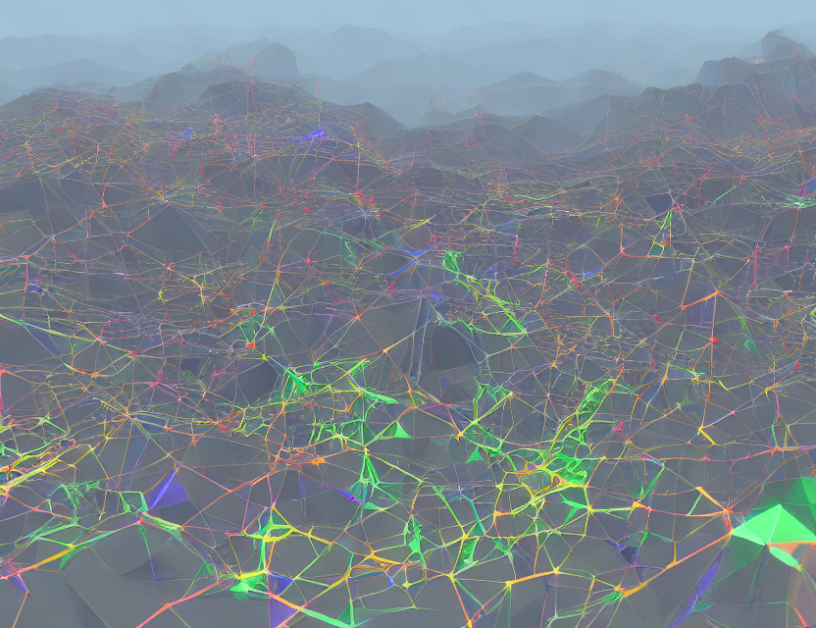In this article, we present a novel reinforcement learning algorithm for graph-structured problems using graph neural networks (GNNs). Our approach combines the power of GNNs with the efficiency of simulated annealing to solve complex optimization tasks in a computationally efficient manner. We demonstrate the effectiveness of our algorithm on a challenging problem of minimizing the number of nodes in a diagram, where the agent is trained to reduce the node number by maximizing the difference between the initial and final diagrams.
Our key findings include
- The use of GNNs allows for efficient exploration of the state space, enabling the agent to learn from large diagrams despite being only trained on smaller ones.
- Non-trivial strategies are essential for the agent to achieve optimal results, as shown through selected actions that increase the node number initially but lead to a positive cumulative reward later on.
Our work has important implications for solving complex optimization problems in various domains, such as computer vision, robotics, and machine learning. By combining the strengths of GNNs and simulated annealing, our algorithm offers a powerful tool for tackling challenging tasks that were previously unsolvable or required extensive computational resources.
In everyday terms, think of this algorithm like a skilled chef crafting a meal. The chef starts with a large palette of ingredients (the initial diagram) and uses their expertise to gradually refine the dish (reduce the node number) while ensuring that the final product is not only more delicious but also better suited to the occasion (achieving an overall positive cumulative reward). Just as the chef needs to carefully select each ingredient and follow a thoughtful recipe, our agent must employ non-trivial strategies to navigate the complex state space and maximize its rewards.
In conclusion, our research demonstrates the potential of combining GNNs with simulated annealing for solving graph-structured optimization problems. By leveraging these powerful tools, we can efficiently tackle challenging tasks that were previously out of reach, opening up new avenues for exploration and innovation in various domains.



